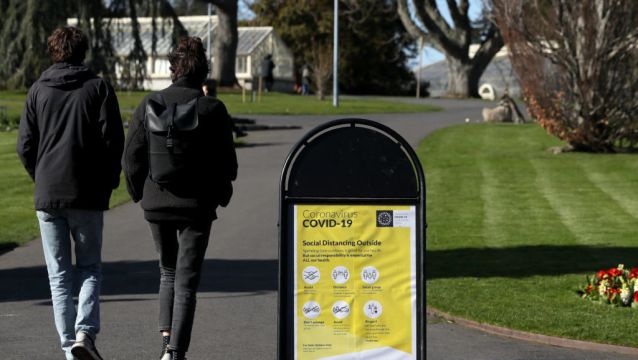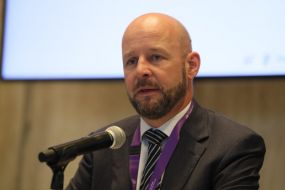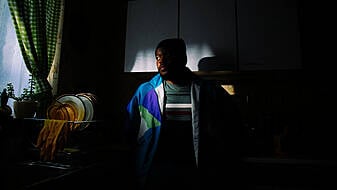Updated at 13:15
The Department of Health has today reported 1,380 additional Covid-19 cases.
459 patients are in hospital with the virus, while 74 people are being treated in the country's intensive care units.
It comes as Prof Philip Nolan has said the balance between high levels of vaccination and high levels of Covid-19 in the community has “tipped in the wrong direction” in the last 10 days.
The @hpscireland has today been notified of 1,380* confirmed cases of #COVID19.
As of 8am today, 459 #COVID19 patients are hospitalised, of which 74 are in ICU.
*Daily case numbers may change due to future data validation.— Department of Health (@roinnslainte) October 17, 2021
Advertisement
The surge in cases, with 2,180 reported on Saturday, the most since January, has put the full reopening of society next Friday in doubt.
As the Irish Times reports, it has also prompted deputy chief medical officer Ronan Glynn to advise workers to continue to work from home if they can during the winter.
Prof Nolan, the chairman of Nphet’s Irish Epidemiological Modelling Advisory Group since March 2020, has sought to explain why cases are so high at present, though 92 per cent of the adult population is fully vaccinated.
Ireland was at a disadvantage because it was hit by the Delta wave of the virus during the summer, he said. It drove daily cases from 300 to 1,800 per day during June and August, at a time when most of the population under 50 was not vaccinated.
The vaccination programme for young adults, aged between 16 and 30, saw a temporary decrease in Covid-19 numbers.
Why are SARS-Cov-2 infections increasing in Ireland? It’s complex, but most likely a mix of increased mobility and social contact since late September, slippage on transmission prevention measures, and more social mixing indoors. 1/16 pic.twitter.com/F3T6pi3xRX
— Professor Philip Nolan (@PhilipNolan_SFI) October 16, 2021
Advertisement
Prof Nolan continued: “However, this left us in a vulnerable position, with high levels of infection, and that delicate balance between very high levels of vaccine protection on the one hand, and increasing levels of social contact and risk of transmission on the other.
“The increase over the last 10 days shows that this balance has tipped in the wrong direction: with high levels of circulating virus [when] even a subtle change in the scale or nature of social contact can significantly shift the dynamics of viral transmission in the population.”
Schools reopening
Prof Nolan said the autumn surge in cases was not as a result of the opening of schools.
“The incidence in schoolchildren was decreasing, and less than that in August prior to the reopening of schools despite higher levels of testing,” he tweeted.
There were “high but stable levels of infection last month” but it was a balancing act between the protection offered by vaccines and increased social contact creating opportunities for the virus to spread.
Nphet found evidence from the ESRI social activity measure and mobility data that mobility and social contact are increasing, and adherence to infection prevention measures decreasing.
A shift from outdoors to indoors may be playing a role, Prof Nolan said. Other seasonal factors might at play, but “their contribution at this point in time appears to be small”.







